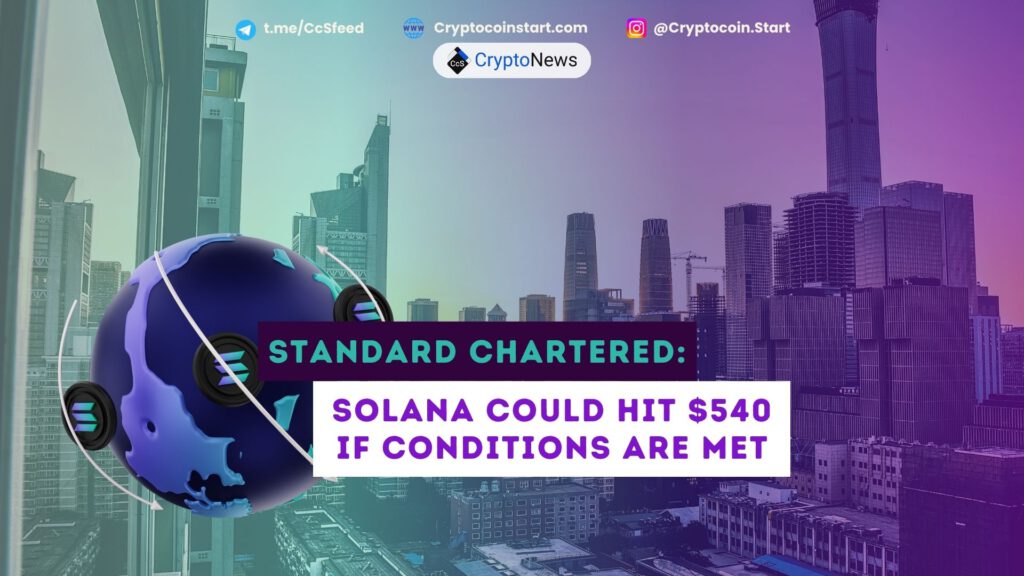
Solana’s Remarkable Recovery and Future Potential
Solana (SOL) has experienced a staggering 900% increase since its crash following the collapse of the FTX cryptocurrency exchange in 2022. Currently trading at around $140, analysts predict the price could quadruple by the end of 2025, reaching $560, according to Geoff Kendrick, the global head of digital asset research at Standard Chartered Bank.
Key Factors Influencing Solana’s Future Price
Kendrick’s optimistic forecast is contingent on three major factors:
1. US Election Results
The outcome of the upcoming 2024 general election in the United States is a crucial variable. Kendrick believes that if former President Donald Trump wins a second term, Solana’s price target becomes more achievable. He stated:
“A Trump administration would be more supportive of the broader digital assets ecosystem than a Harris administration.”
Kendrick also suggested that the likelihood of a Solana ETF being approved would increase under a Trump presidency. Although he remains optimistic about Solana’s prospects even if Vice President Kamala Harris wins, predicting that SOL could still double in price.
2. New Solana Technology
The second critical factor is Solana’s ability to enhance its throughput. Jump Crypto is developing a new validator client called Firedancer, which aims to boost Solana’s theoretical throughput from 50,000 transactions per second (TPS) to over 600,000 TPS.
Standard Chartered emphasized the importance of Firedancer’s success, stating:
“Current price metrics will only be sustainable if Solana can deliver a 100-400x increase in trading volume.”
As of now, Solana processes approximately 3,200 TPS, but the implementation of Firedancer faces significant technical challenges. Competing blockchains, such as Sui and Aptos, already offer higher transaction speeds than Solana.
3. Expanding User Base
Beyond technological improvements, Solana needs to grow its user base to maintain higher valuations. Standard Chartered noted that Solana must establish a dominant position in the financial space, aided by its recent partnership with Visa.
Increased adoption of decentralized applications (dApps), including social media platforms and decentralized physical infrastructure networks (DePINs), can enhance user engagement.
Kendrick highlighted a critical metric for Solana’s future valuation: the market cap/fee ratio. Currently, Solana’s market cap is 250 times the fees it generates, compared to Ethereum’s 121 times, indicating that Solana may be “richly undervalued” relative to Ethereum.
This discrepancy raises questions about whether Solana is overvalued or if Ethereum is undervalued. Kendrick notes that if Solana is overvalued, it reflects investor optimism about SOL’s future value increase.
Conclusion
With significant growth potential ahead, Solana’s future will depend on various factors, including political outcomes, technological advancements, and user engagement. Investors should closely monitor these developments as they could significantly impact SOL’s market trajectory.

